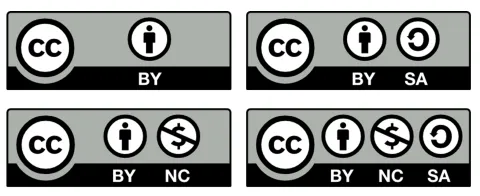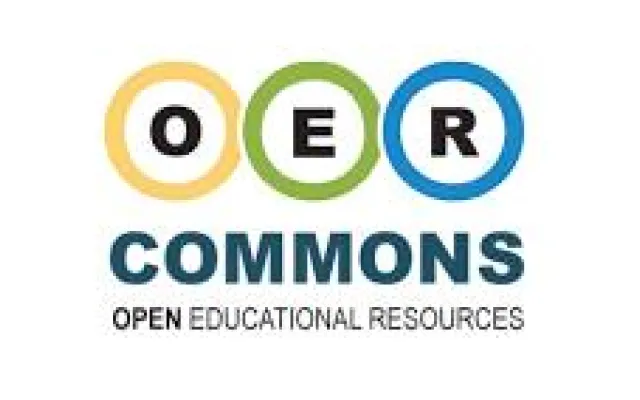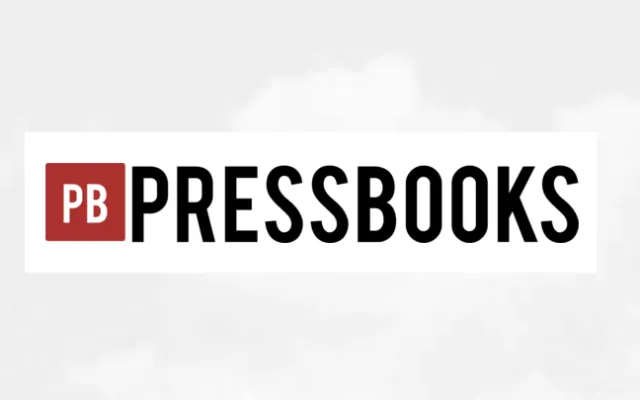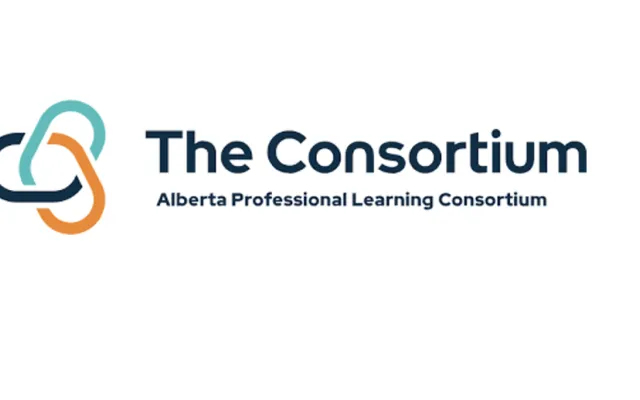Open Teacher ULethEd Project
When you share your work under a Creative Commons license, you contribute to a global movement supporting innovation, collaboration, and equity.
CC-Licensing Your Work is Simple
Choose the free CC license that suits your needs.
Communicate this choice in a way that will be clear to people who come across your work.
Include a link to the license deed (eg. CC BY-NC).
Content remixed from How to Apply a License or CC0 to Your Work by Creative Commons CC BY 4.0
Example 1
© 2019. This work is openly licensed via CC BY 4.0
Example 2
Adding a Creative Commons license to your work by Beth Cormier is licensed CC BY-NC.

The CC License Chooser can help you select a license and generate a license statement to add to your work.
Displaying the CC Badge/Icon is optional. Download from Creative Commons.
Share on a Website or Platform

OER Commons
A public digital library of open educational resources (OER). Create a free account and "Add OER" to upload.

Open Publishing Platform
Instructors can create or adapt open textbooks for their course. Student contributions can be included. Dr. Jan Newberry and Alyssa White, Uleth, created a textbook for Anthropology.

APLC Curriculum Website
Alberta Professional Learning Consortium (APLC) shares resources developed to support new K-6 curriculum in Alberta. You can contribute!
Before You Add a License
Important Considerations:
The licenses and CC0 cannot be revoked.
This means once you apply a CC license to your material, anyone who receives it may rely on that license for as long as the material is protected by copyright, even if you later stop distributing it.
You must own or control copyright in the work.
Only the copyright holder or someone with express permission from the copyright holder can apply a CC license or CC0 to a copyrighted work. If you created a work in the scope of your job, your employer may hold the copyright. You can work with them to apply a license.
Content from Before Licensing by Creative Commons, licensed CC BY 4.0
